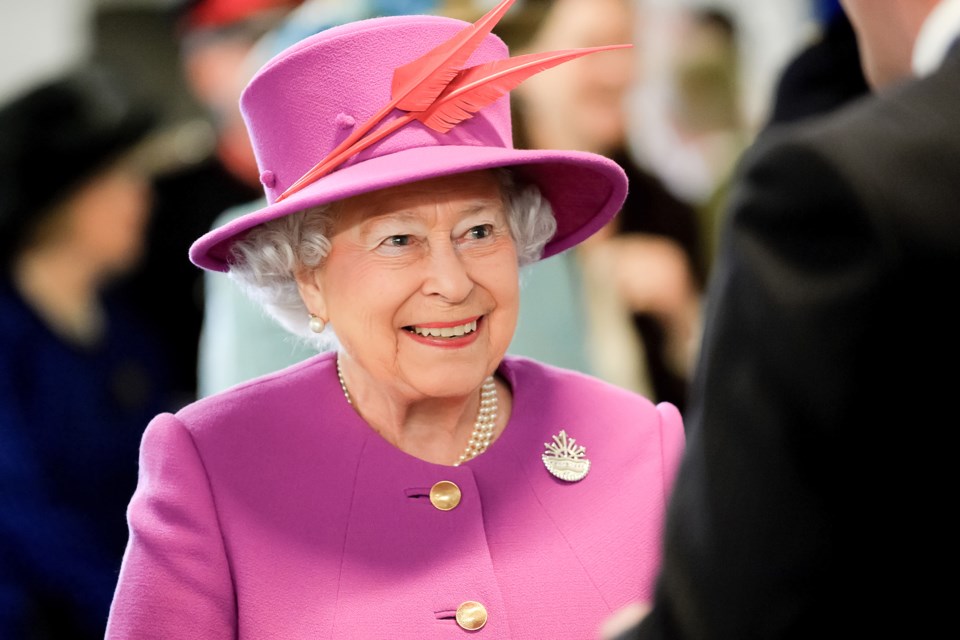Queen Elizabeth 2’s reign can be described through the scope of many major events, and thus named different eras.
The Queen didn't have as much influence as Queen Elizabeth I, but she remained the symbol of the royal family and indeed the symbol of traditions for 70 years. New British Prime Minister Liz Truss, who Queen Elizabeth 2 installed just two days before her death, said she lived during the Elizabeth era. The second Elizabethan era came to an end on Sept. 8.
The first Elizabethan era was the time of the beginning of the colonization of North America and the birth of the British Empire, in which the Queen played a major role as a ruler. The second Elizabethan era wasn't defined by the Queen.
The last 70 years were the time of decolonization and the end of the empire. But Queen Elizabeth 2 wasn't the one to give independence to Nigeria and South Africa in 1960 and 1961. She wasn't the one to give a command to shoot at protesters on Bloody Sunday in 1972. She wasn't the one to take Britain into the European Union in 1973 or to roll out Brexit in 2016.
Elizabeth 2 inspired artists across Commonwealth and appeared on at least 33 currencies, according to the Guinness World Records, but the cultural and economic growth, as well as democratic development in most countries of the political association, are not her personal merit.
Britain, and even more so Canada, Australia, New Zeeland and other Commonwealth states, got where they are today, not as a result of Elizabeth's decisions, but rather during her times.
For Canada, the second Elizabethan era was the time of growth, evolvement and development, the time of post-war boom, the time of the beginning of reconciliation.
Elizabeth 2 was the first monarch to be crowned the Queen of Canada. She officially visited the country as a queen 22 times (she didn't make it to Estevan, but had been to Saskatchewan several times), bringing the monarchy over here.
After the death of Queen Elizabeth 2 was announced, the talks about the need for the anachronistic monarchy and monarchal relics became louder among some Canadians and other Commonwealth citizens. What do the royals indeed do for the former members of the British Empire outside of using a portion of taxpayers' money?
The notion of being a part of a system that has a centuries-old tradition behind it is still relatively new for me as a Canadian immigrant. I was born and raised in a country which changes systems, rulers not so much, like socks on the scale of history.
I recently took the Canadian citizenship test, and the preparation materials, which try to make it easier for newcomers to understand the system, put it simple – Canada's monarchy is important because it guarantees responsible government in the country. And responsible government means that prime ministers, provincial premiers and cabinets remain in power only as long as they have the support of the publicly-elected House of Commons or provincial legislatures.
Can it be done without a royal guarantor? Definitely, but another well-established and long-living system would be needed to keep the government responsible.
Here is an example. I came to Canada when Stephen Harper was the prime minister; he then was defeated by Justin Trudeau, who was recently re-elected with a minority government. Twelve governors ruled Canada through the 70 years of Elizabeth 2.
And here is another reality: I went to Grade 5 when Vladimir Putin became the president of Russia in 2000. I left Russia in 2013 when Putin was the president. I passed my Canadian citizenship test in 2022 when Putin is still the president of Russia, and citizens now have way fewer rights and freedoms than they did 22 years ago, let alone everything else. I haven't had the heart to call his government responsible for well over a decade.
Those of you who read my columns know that I'm all for change and a big fan of innovations and development. But on the other hand, I see the importance of traditions. Traditions reinforce values such as freedom, integrity and responsibility. I don't believe in blindly following the traditions, but I truly believe that traditions help keep the essence. And the royals represent the fundamental values, while also adapting to the changes as the world swirls around.
The monarchy is at the core of Canada's constitutional federal structure and Westminster-style parliamentary democracy. It is the centuries-old foundation of the executive, legislative, and judicial branches of federal and provincial jurisdictions, which adapted upon new realities and proved to work through generations.
And after all, isn't it comforting to know that while so many things change every day (and we've had so much of it lately, with the pandemic, restrictions, natural cataclysms, wars, and more), other things remain in place and will be there tomorrow? And in that sense, I appreciate the established system of royal succession.
The Queen is gone, but the system remains.
Rest in Peace, Queen Elizabeth 2. And long live King Charles 3.




